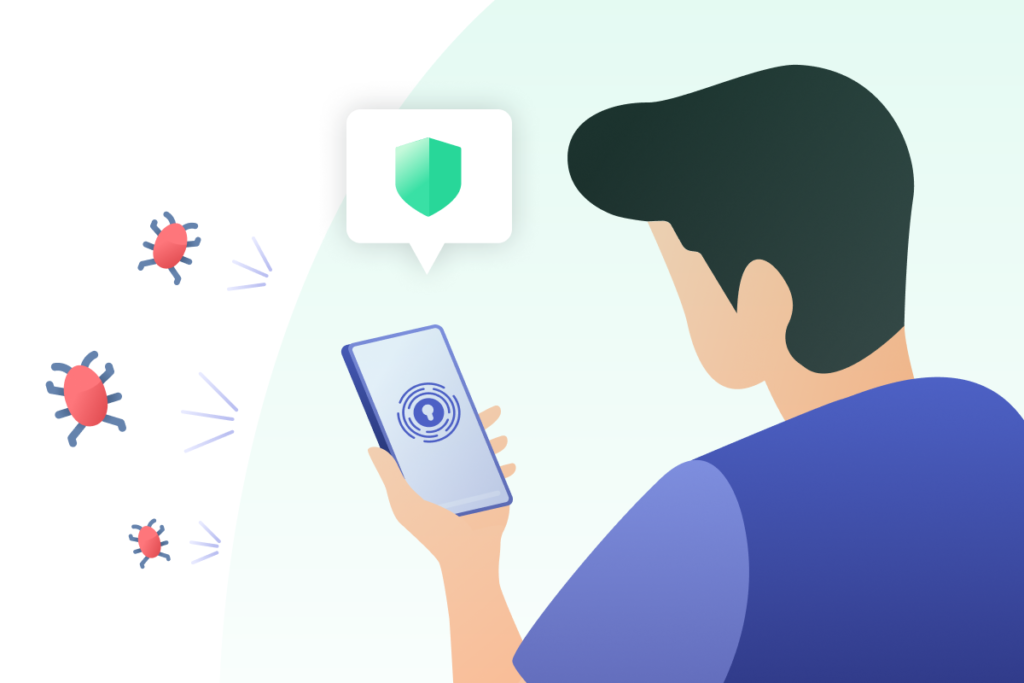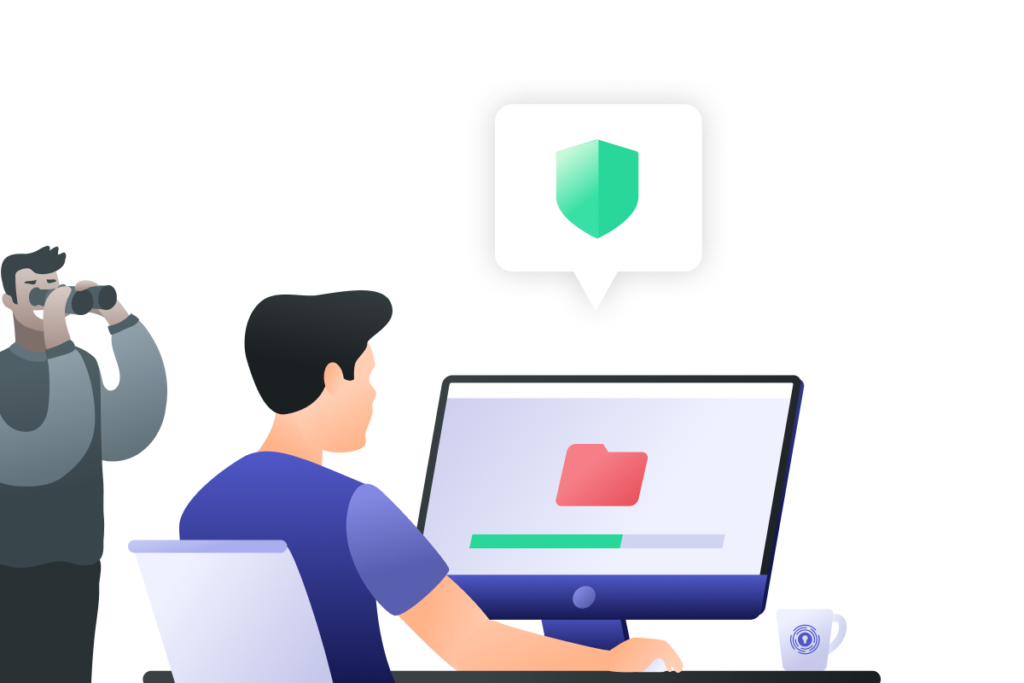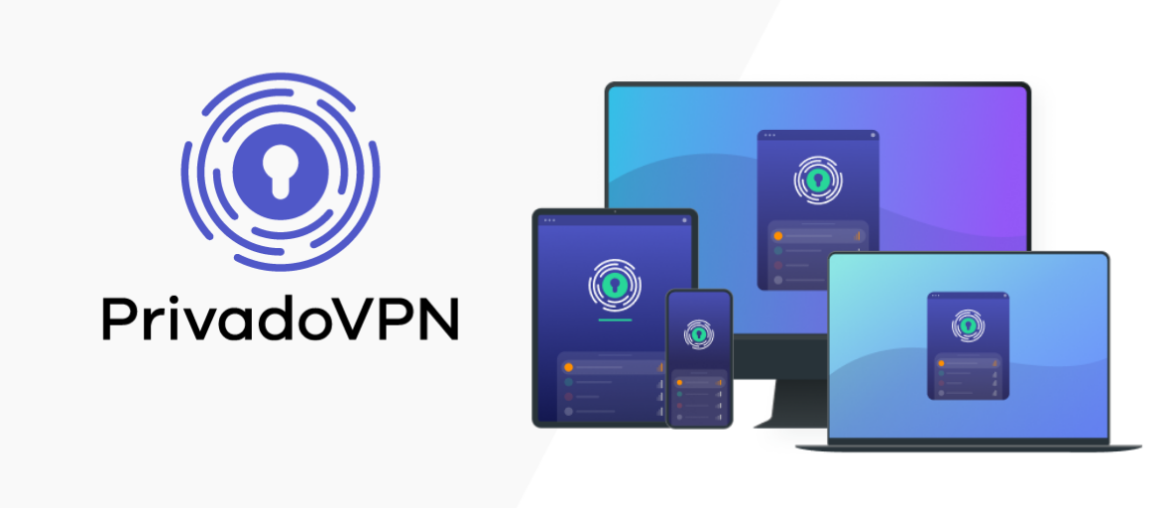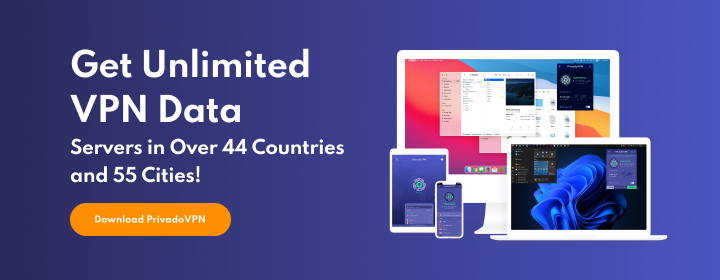When it comes to accessing the Internet, many of us conduct our most important work there. Whether that means taking online classes or sending sensitive work files, the Internet is an important part of our lives. Cybercriminals are all too aware of this fact, unfortunately. This means that dangerous and malicious hackers could take down necessary applications and sites that we use every day. This type of attack is known as a “DDoS attack,” and it can have serious consequences for some users. Today, we’ll help you answer the question “what is a DDoS attack” and show you how to identify it.
What is a DDoS Attack?
DDoS stands for “Distributed Denial of Service.” It refers to attackers who purposefully exceed the capacity limits on a website or network to stop it from functioning. DDoS attacks send waves of requests to a platform, website, or application in order to overwhelm the request capacity. If these cybercriminals reach the website capacity, the site cannot function properly. In many cases, the most common targets of DDoS attacks are online casinos, digital storefronts, and online shopping websites. Most commonly, DDoS attacks are used to take sites offline completely.
Cybercriminals can also combine attack methods to increase the strength of their digital onslaught against their target. Recent cases of DDoS attacks have seen cybercriminals utilizing extortion methods in conjunction with standard DDoS strategies. This attack combination can cause serious consequences for many organizations, businesses, and, in some rare instances, individuals.

How to Spot a DDoS Attack
Identifying a DDoS attack can be challenging because they often come as a surprise to the target. The attacks are often swift and can escalate quickly. Botnets that work in conjunction with cybercriminals to introduce these attacks can be difficult to detect. Depending on the size of the assault, there are different ways that you can spot a DDoS attack. Monitoring your website traffic is essential for determining whether your platform is being targeted by cybercriminals. Use the following detection methods if you believe you are the target of a DDoS attack:
- Monitor suspicious traffic activity
- Look for an increase in page traffic from one IP address or range
- Identify atypical patterns of traffic to a specific page
- Check for slower page loading times
- Track reduced speeds on servers
- Look for spam emails coming in large numbers
When it comes to DDoS attacks, cybercriminals often avoid targeting individuals. Victims of DDoS attacks are typically large businesses, organizations, or platforms. If your company is suffering from a DDoS attack, reach out to your ISP (Internet Service Provider) and network administrator. Taking action early and detecting the issue before it gets worse can prevent serious damage from occurring on your platform.

What are the Types of DDoS Attacks?
Attackers have a variety of different methods that they can utilize, depending on their goals. These attacks use many unique hacking techniques to manipulate network services for their own means. Take a look at some of the types of DDoS attack methods that cybercriminals use and look out for them.
SYN Flood Attacks
Also known as a “half-open,” this method involves submitting “handshake” requests in order to overwhelm a server. Attackers will use bots to submit SYN packets that flood the available ports on a specific server. This results in slow traffic responses and activity.
HTTP Flood Attacks
This attack type involves botnets acting from computers with active Internet connections. These computers are taken over maliciously through the use of malware. HTTP flood attacks are a “Layer 7” attack, which means that they use less bandwidth during their attack. In most cases, HTTP flood attacks are more specific and built to attack a particular website or server.
Volumetric Attacks
Cybercriminals utilize volumetric attacks to flood an internal network with an increase in traffic. The point of these attacks is to consume as much bandwidth as they can. They can appear as an ICMP flood, a UDP flood, or a similar method. Criminals typically create random attack parameters to navigate defense software. Experts use flow telemetry analysis to monitor any potential incoming volumetric DDoS attacks.
IP Fragmentation Attacks
Malicious hackers use IP fragmentation attacks to exploit datagram fragmentation, which is a packet communication procedure. Fragmentation is required to complete data transmissions. For IP fragmentation, datagrams are broken into smaller data packets and sent across a network. The datagrams are put back together when they reach their destination.
DNS Amplification Attacks
DNS (Domain Name Server) attacks rely on public DNS servers to flood a targeted system with high levels of traffic. This technique involves cybercriminals sending as many DNS requests as possible to an open server. Attackers spoof the location of the target and attempt to intercept the inquiries sent from a device to the Internet.

How to Prevent a DDoS Attack
Preventing a DDoS attack on your website, platform, or device can be difficult. Ultimately, the best protection is going to be taking proactive steps against them. Developing a contingency plan for dealing with attacks, if they occur, can make it easier to manage denials of service. This recovery plan should include methods of communication and ways to implement damage control. There are a few different ways to protect your system from invasive malware that can lead to DDoS attacks.
Having firewall software and antivirus programs on your device can make it easier to detect potential DDoS attacks early. Keeping reliable traffic monitoring systems on your network can also help you track the activity on your server. Another great method of keeping dangerous malware off of your device is to use a VPN. Having the added protection of an encrypted server can provide the extra security you need to handle future security threats.

Protect Your Online Privacy with PrivadoVPN
Losing access to important information can have serious consequences. To protect yourself, and your sensitive data, you need a reliable VPN that can ensure your privacy. PrivadoVPN is a world-class VPN service that brings ease of use and security together in one application. Simply open the PrivadoVPN application on your favorite device, select a server, and connect.
Want more privacy and protection? Get a premium plan from PrivadoVPN and receive access to 300+ servers, unlimited data, and up to 10 active connections. With additional protocols like SOCKS5 proxy, you can feel secure knowing that your data is safe from attackers. Sign up with PrivadoVPN and start protecting your data today!
Download PrivadoVPN
Protect your online privacy with a world-class VPN. Sign up for premium access to PrivadoVPN and get unlimited monthly data, access to 300+ servers in 40+ countries,
and up to 10 simultaneous connections on all your favorite devices. Get a top-rated VPN that can secure your privacy at home, at work, or on the go.
Get started with PrivadoVPN today!





